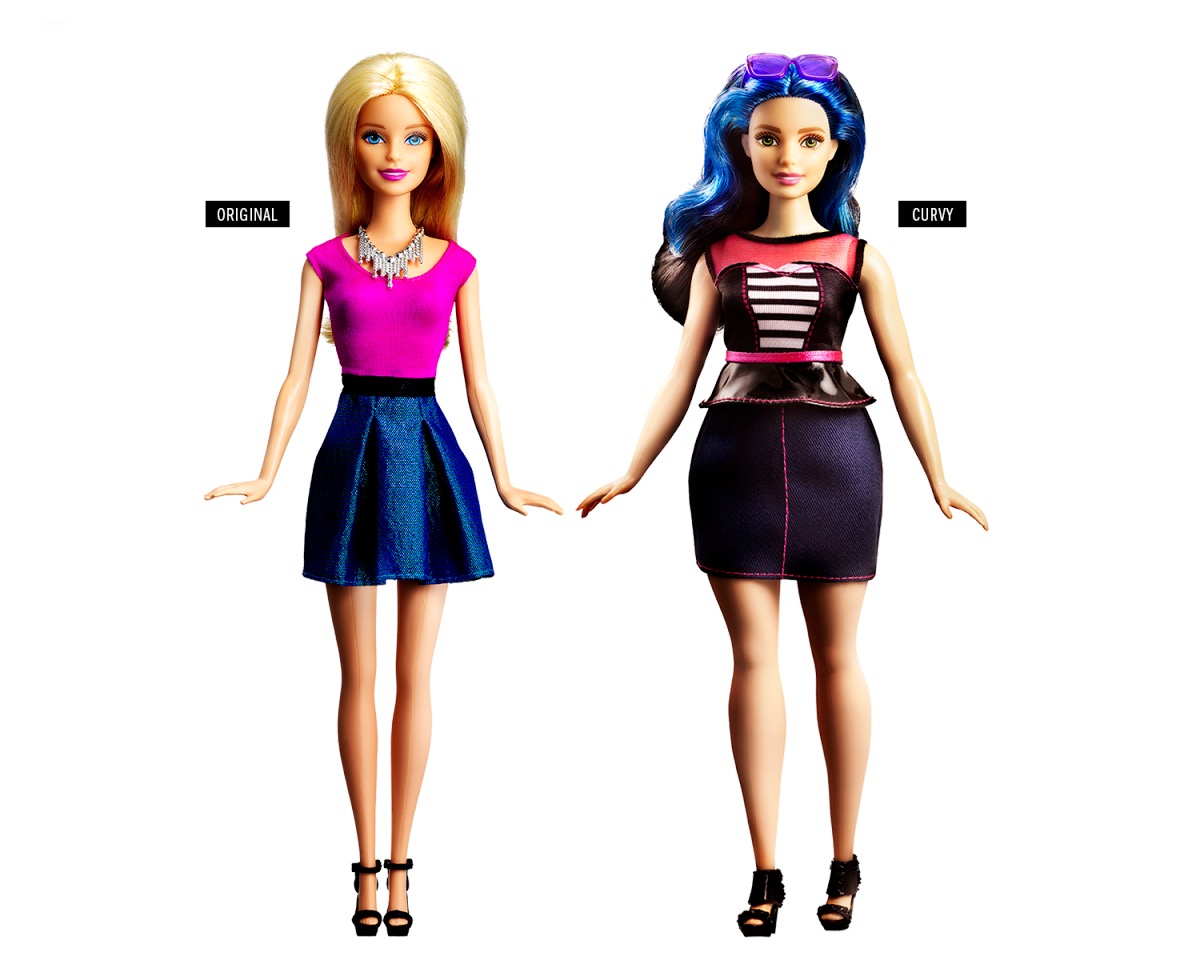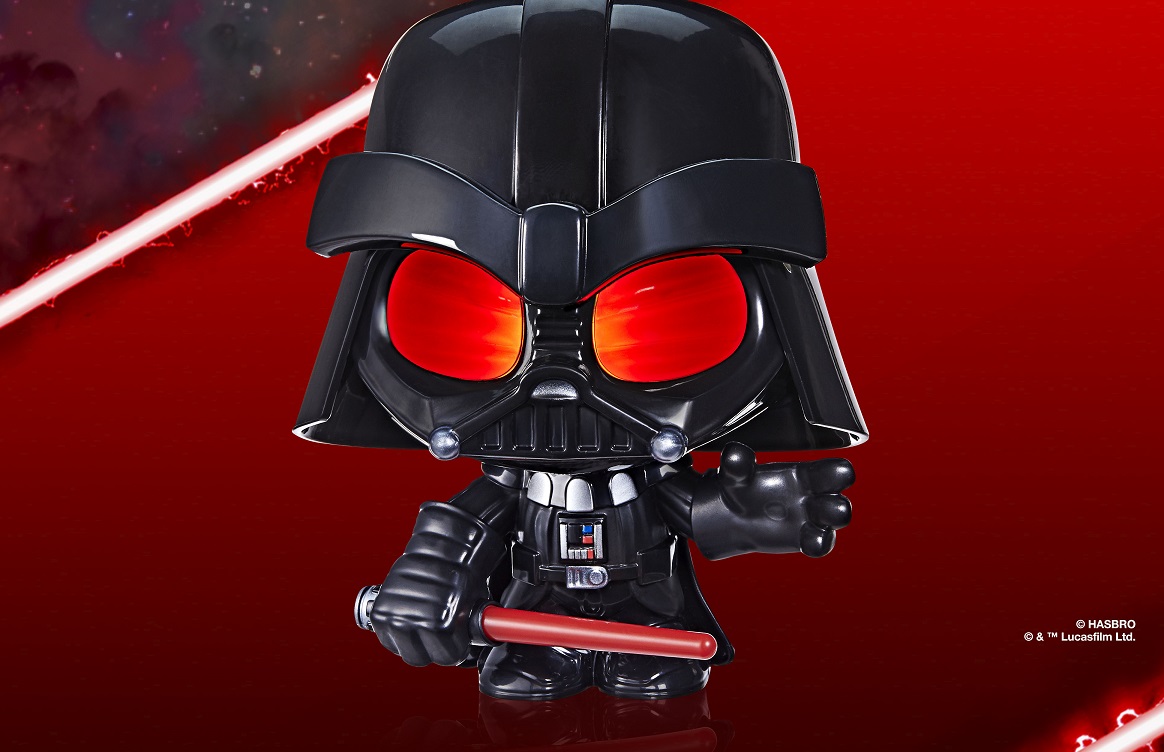In a massive COVER story on Time Magazine, Mattel has unveiled a bunch of new shapes and sizes for Barbie, the long reigning ectomorphic queen of the toy aisle. The fashion icon will now come in tall, petite and curvy versions, just like ladies jeans at Target. The toys go on sale online today, and while it may seem like caving to “politically correct” pressure from some, it’s actually a long considered business move by exec sconcerned about Barbie’s downwardly spiraling sales:
But staying the course was not an option. Barbie sales plummeted 20% from 2012 to 2014 and continued to fall last year. A line of toys designed to teach girls to build, Lego Friends, helped boost Lego above Mattel as the biggest toy company in the world in 2014. Then Hasbro won the Disney Princess business away from Mattel, just as Elsa from the film Frozen dethroned Barbie as the most popular girl’s toy. The estimated revenue loss to Mattel from Elsa and the other Disney Princesses is $500 million.
Meanwhile, American beauty ideals have evolved: the curvaceous bodies of Kim Kardashian West, Beyoncé and Christina Hendricks have become iconic, while millennial feminist leaders like Lena Dunham are deliberately baring their un-Barbie-like figures onscreen, fueling a movement that promotes body acceptance. In this environment, a new generation of mothers favor what they perceive as more empowering toys for their daughters. Elsa might be just as blond and waif-thin as Barbie, but she comes with a backstory of strength and sisterhood. “The millennial mom is a small part of our consumer base,” concedes Evelyn Mazzocco, head of the Barbie brand, “but we recognize she’s the future.”
I’d suggest reading that last sentence over and over again. Toy companies may be the slowest to evolve of all our media, but being forced to evolve they are.
Barbie has been hemmed in by the Bratz on one side and Frozen on the other for a few years now. Mattel’s own DC Super Hero Girls line is taking the traditional girl’s “action figure” to another dimension entirely. Barbie had to grow, even if it meant in size:
If you could design Barbie today, how would you make her a reflection of the times? Out of that came changing Barbie’s face to have less makeup and look younger, giving her articulated ankles so she could wear flats as well as heels, giving her new skin tones to add diversity and then of course changing the body. While curvy Barbie’s hips, thighs and calves are visibly larger than before, from the waist up she is less Jessica Rabbit than she is pear-shaped. Mattel refuses to discuss the actual proportions of the new dolls or how it came to decide on them.
This is a huge cover package with videos, charts and personal takes. So just go to Time and click around.
Personally, I could never stand Barbie or dolls as a child. I preferred Lincoln Logs, Legos, toy soldiers and invented worlds I made myself (with help from mom.) I’m guessing little girls today are drawn to the glamourous world of the Kardashians, but even these fashion plates are shown as business people as well.









“It’s a massive risk for Mattel. Barbie is more than just a doll. The brand does $1 billion in sales across more than 150 countries annually, and 92% of American girls ages 3 to 12 have owned a Barbie, thanks in part to her affordable $10 price tag. “
Comments are closed.